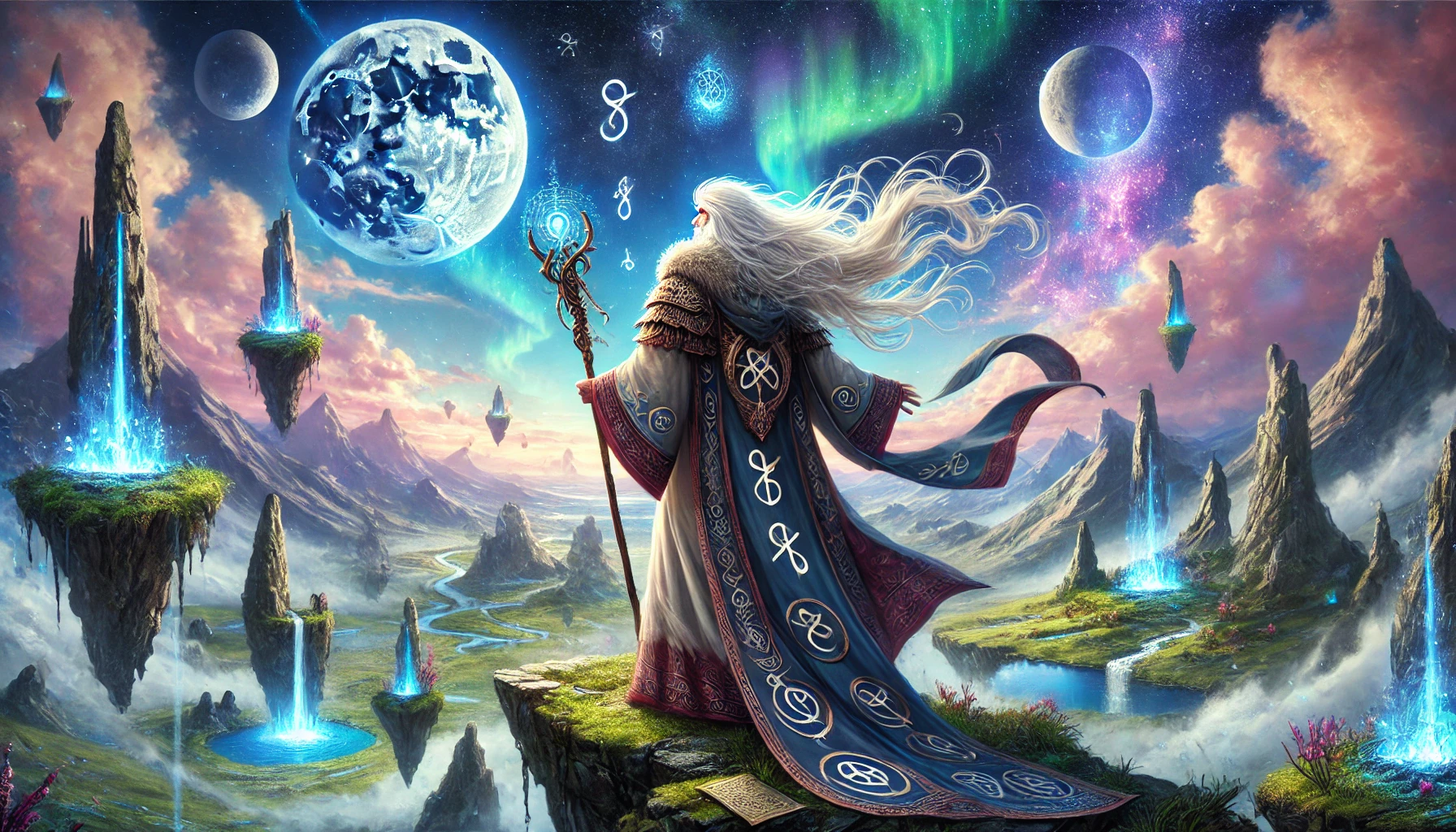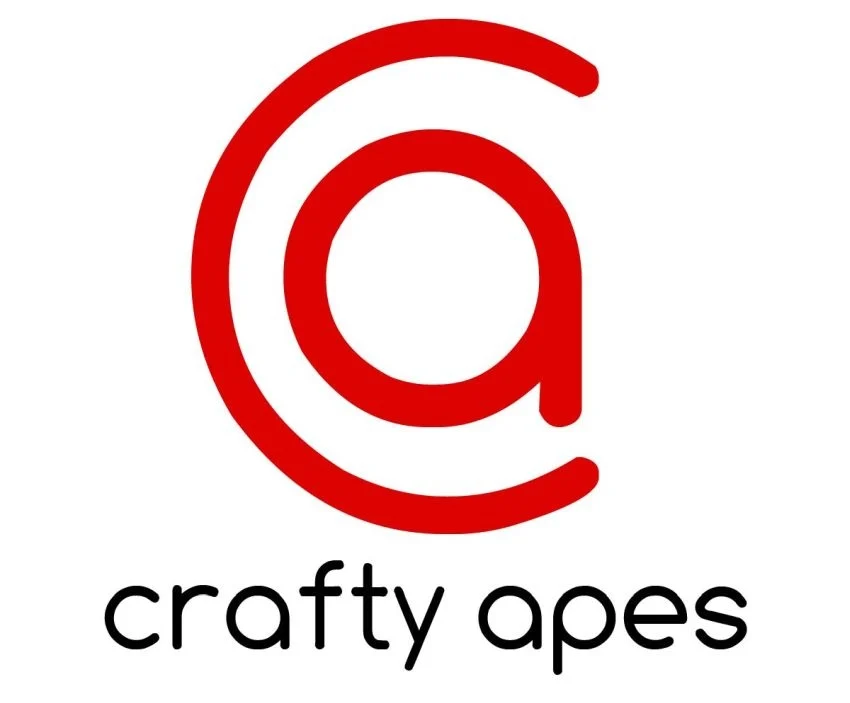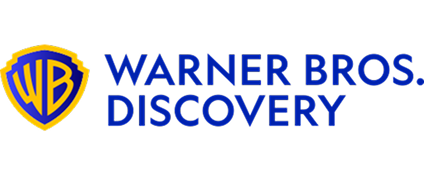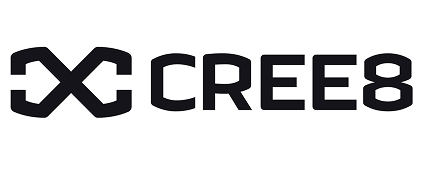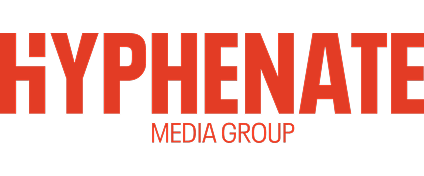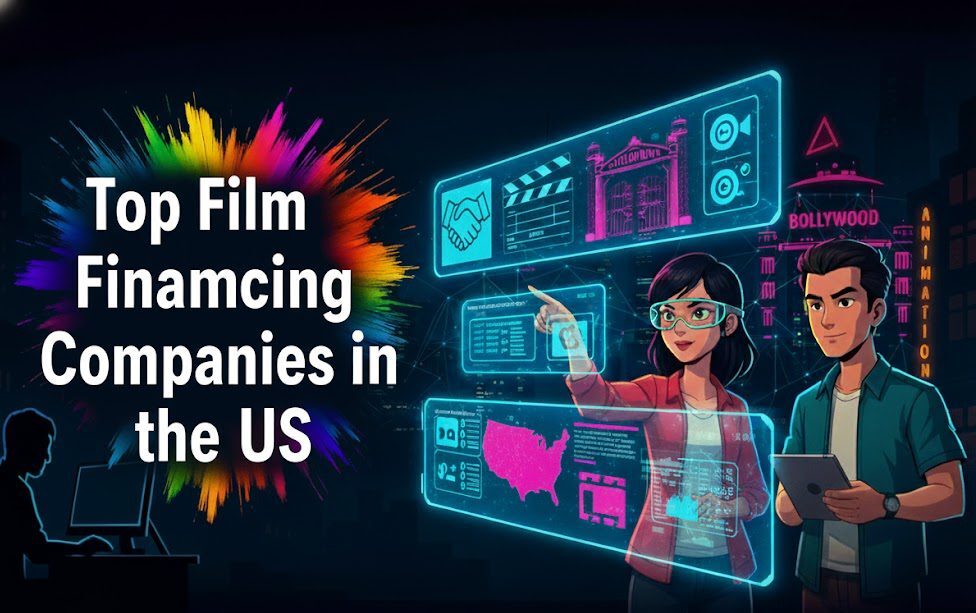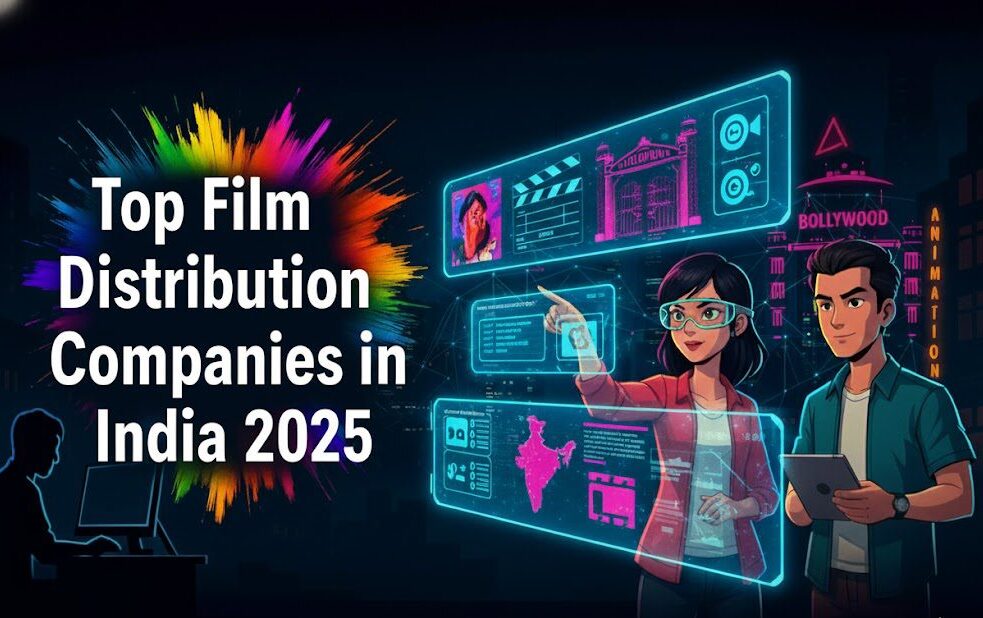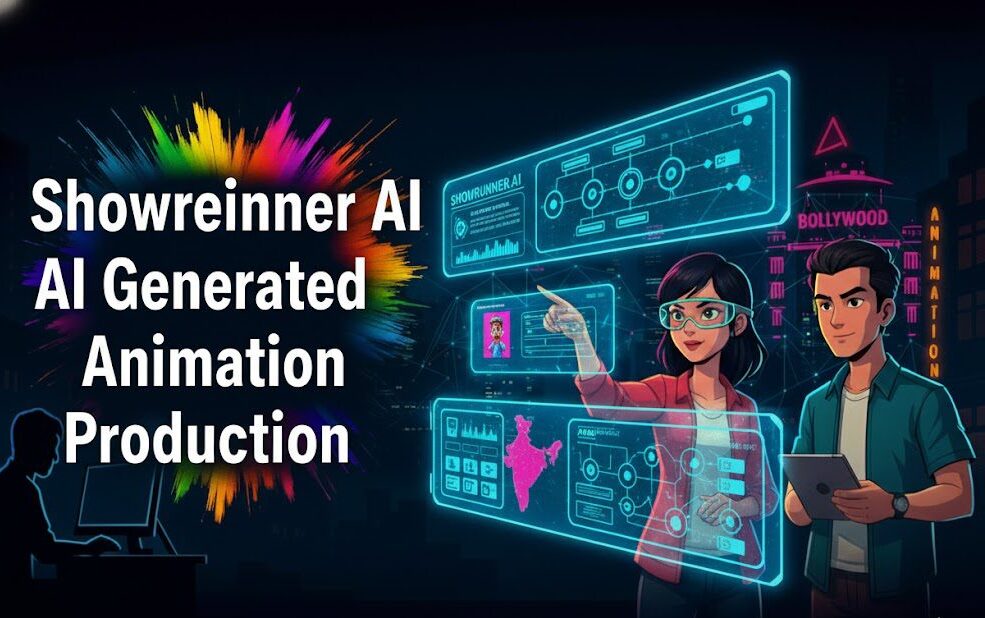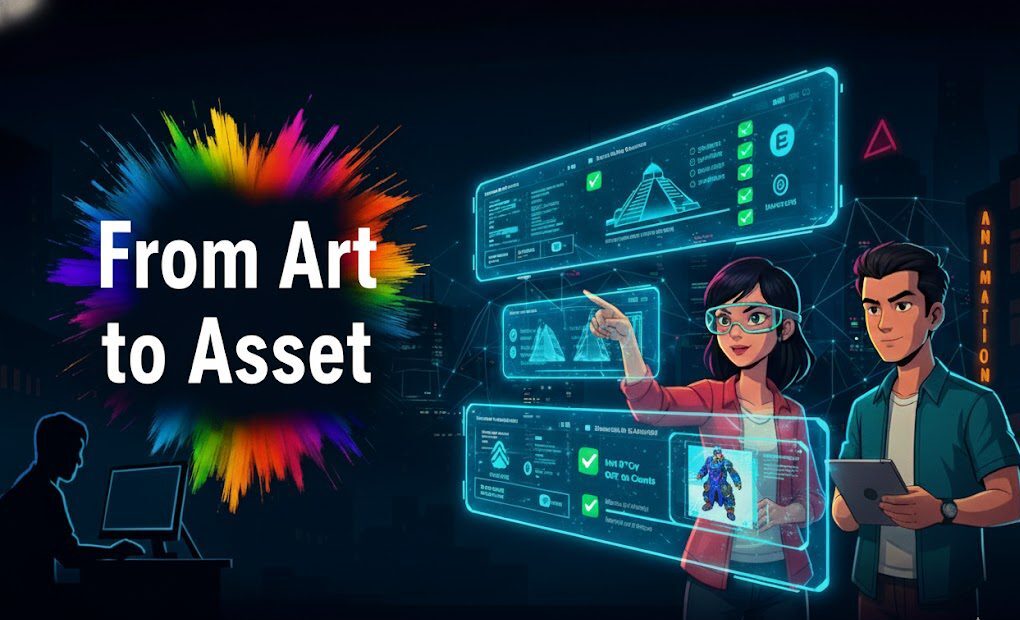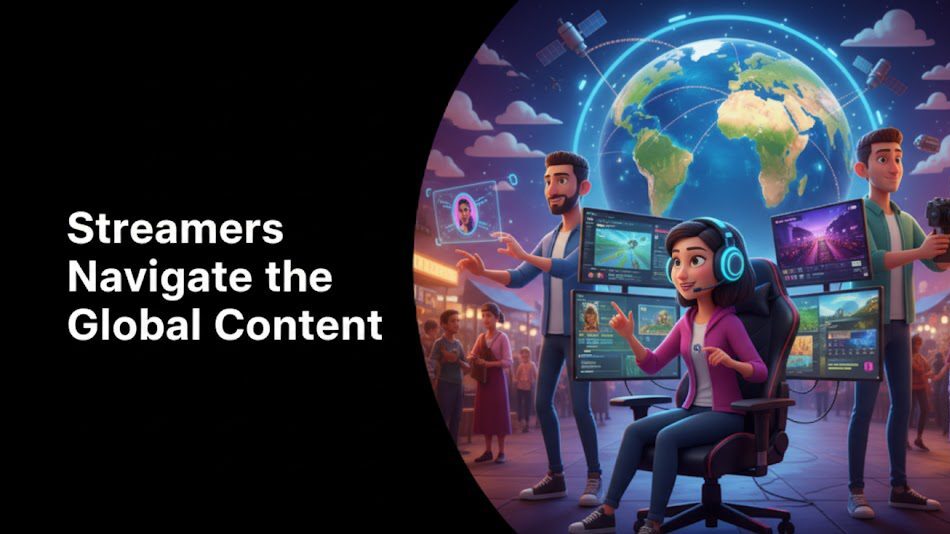Introduction
In the dynamic world of entertainment, intellectual property (IP) is the backbone of global franchises. From books and comics to films, games, and immersive experiences, characters travel across mediums, captivating audiences worldwide. But how do these characters make the transition? The answer lies in Character Adaptation Rights — a crucial aspect of IP licensing that enables stories to evolve across platforms.
This article will delve into what character adaptation rights are, how they work across different media formats, key considerations for negotiating such rights, and how businesses can leverage these agreements for global collaborations. Whether you’re a content creator, distributor, or service provider, understanding these rights can unlock new opportunities for partnerships, co-productions, and content licensing.
Table of content
- Introduction
- What Are Character Adaptation Rights?
- Why Are Character Adaptation Rights Important?
- How Do Character Adaptation Rights Work?
- Key Clauses in Character Adaptation Rights Agreements
- Case Studies of Character Adaptation Across Media
- How Vitrina Helps with Character Adaptation Rights
- Key Takeaways
- FAQs
Power Your Co-Production Partnerships with Vitrina

What Are Character Adaptation Rights?
Character adaptation rights refer to the legal permissions granted by the IP owner to adapt a character into different media formats. These rights allow a character from a book, comic, or video game to be reimagined into films, TV shows, merchandise, or interactive experiences.
Character adaptation rights are often bundled under broader IP Licensing Agreements, but they can also be negotiated separately, depending on the nature of the adaptation and the media format.
Why Are Character Adaptation Rights Important?
In today’s cross-platform content ecosystem, character adaptation rights are more valuable than ever. They allow IP owners to maximize revenue streams and increase audience reach. For production companies and distributors, securing these rights is essential for:
- Creating franchise extensions
- Developing co-productions across global markets
- Building immersive experiences like games or VR
- Expanding content into new languages and regions
How Do Character Adaptation Rights Work?
Character adaptation rights typically involve:
- Licensing Agreement: Defining the scope of rights (exclusive/non-exclusive) and media formats covered.
- Revenue Sharing: Outlining royalty percentages, advances, and backend deals.
- Creative Approval: Allowing the IP owner to review scripts, character designs, and final adaptations.
- Duration & Territory: Specifying the length of the deal and geographic regions covered.
Track Global Adaptation Projects with Vitrina

Key Clauses in Character Adaptation Rights Agreements
When negotiating character adaptation rights, the following clauses are critical:
- Media-Specific Rights: Defining which platforms (TV, film, games) are allowed.
- Derivative Works: Permissions for spin-offs, prequels, or sequels.
- Moral Rights Protection: Ensuring the character is not portrayed in a way that damages its reputation.
- Merchandising Rights: Governing how the character can be used in consumer products.
Case Studies of Character Adaptation Across Media
1. The Witcher (Book to TV & Video Games)
The Witcher series evolved from Polish novels into a globally popular video game franchise and Netflix TV adaptation.
2. Marvel Cinematic Universe (Comics to Film)
Marvel Studios secured character adaptation rights from Marvel Comics, creating one of the most successful film franchises ever.
3. Lupin (Book to TV)
The French literary character Arsène Lupin found renewed global popularity through Netflix’s modern adaptation.
How Vitrina Helps with Character Adaptation Rights
Vitrina simplifies the process of securing character adaptation rights by offering:
- Global IP Rights Tracking: Identify which characters are available for adaptation.
- Partner Discovery: Find content owners, production companies, and rights holders.
- Company Profiling & Outreach: Connect with the right decision-makers through verified contacts.
- Co-Production Leads: Discover opportunities for international co-productions.
With Vitrina, businesses can navigate the complexities of IP licensing and secure valuable character adaptation rights faster and more efficiently.
Key Takeaways
- Character adaptation rights are essential for cross-media IP expansions.
- Properly negotiated agreements can unlock new revenue streams.
- Critical clauses include media-specific rights, revenue sharing, and creative approvals.
- Vitrina helps you find the right partners and navigate IP licensing with precision.
Frequently Asked Questions
IP licensing refers to the overall permission to use intellectual property, while character adaptation rights specifically cover how characters are adapted across different media.
Agreements can last anywhere between 3-10 years, depending on the negotiation and market demand
Yes, they can be negotiated as standalone rights, especially in multimedia franchises.


